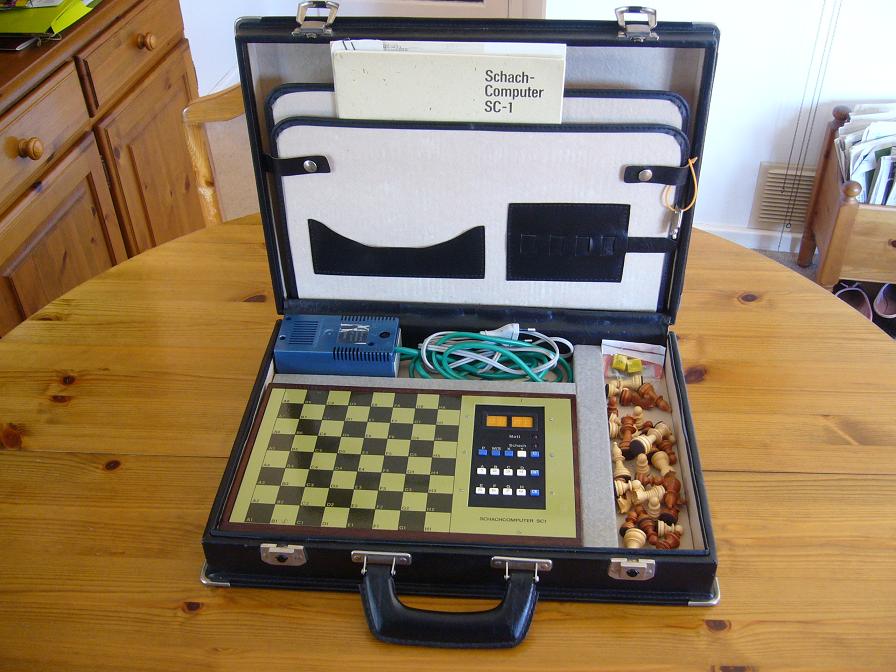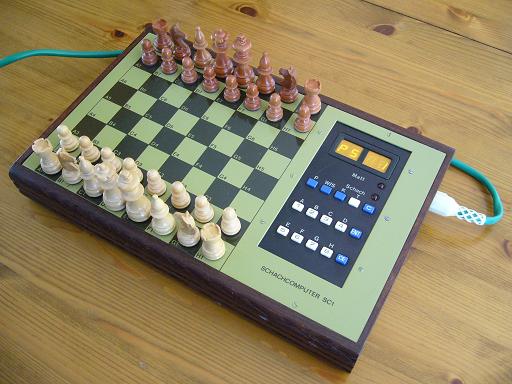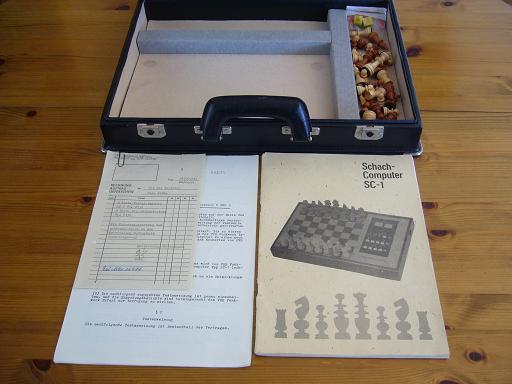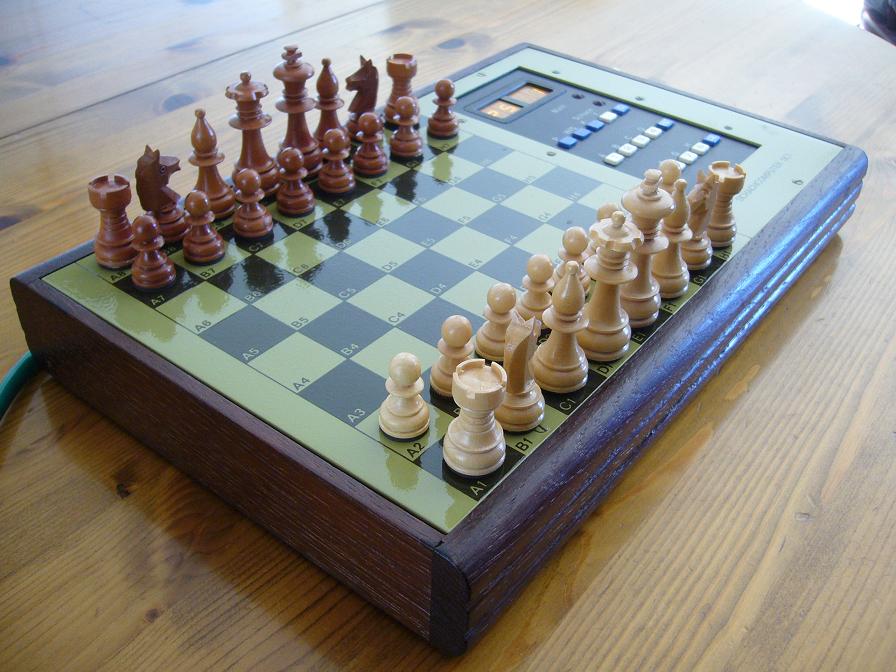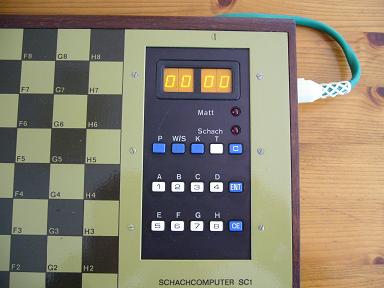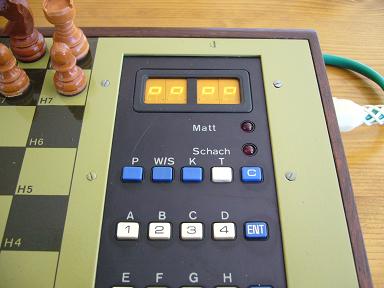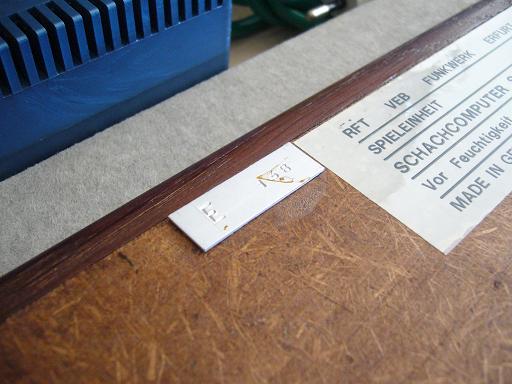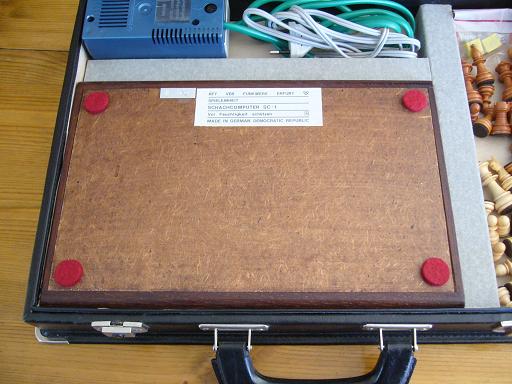|
The three page document is a form of contract between VEB Funkwerk Erfurt and the testers of the SC-1.
It says that the manufacturers want to test a small initial series of SC-1s over a period of 1 year before going into the production of a bigger series of these machines. The contract’s main purpose is to specify to the testers how they have to test the machine.
Each time they played a test game they had to note date, operation time, environmental temperature, exact location (inside/ outside), whether the machine was exposed to direct sunlight, level settings, and of course moves and so on. The testers had to report 5 times, after 1,3,6,9 and 12 months of testing.
The SC-1 remained the property of VEB Funkwerk Erfurt during the 1 year testing period. After that the testers could buy the machine for a non specified price (maximum 50% of the initial value). There is also a receipt added for the SC-1 received (bottom right), and a form provided for the test reports (bottom left).
The document does not say how many SC-1s were made.
The invoice below is a record of the supply of the SC-1 you see to a General Gothe. Perhaps this is example of how the “elite” in some communist countries were provided with presents and some of the SC-1s may have been distributed in this way, as well as to testers.
My grateful thanks to Christian Marquardt for explaining the meaning of the documents to me.
|
